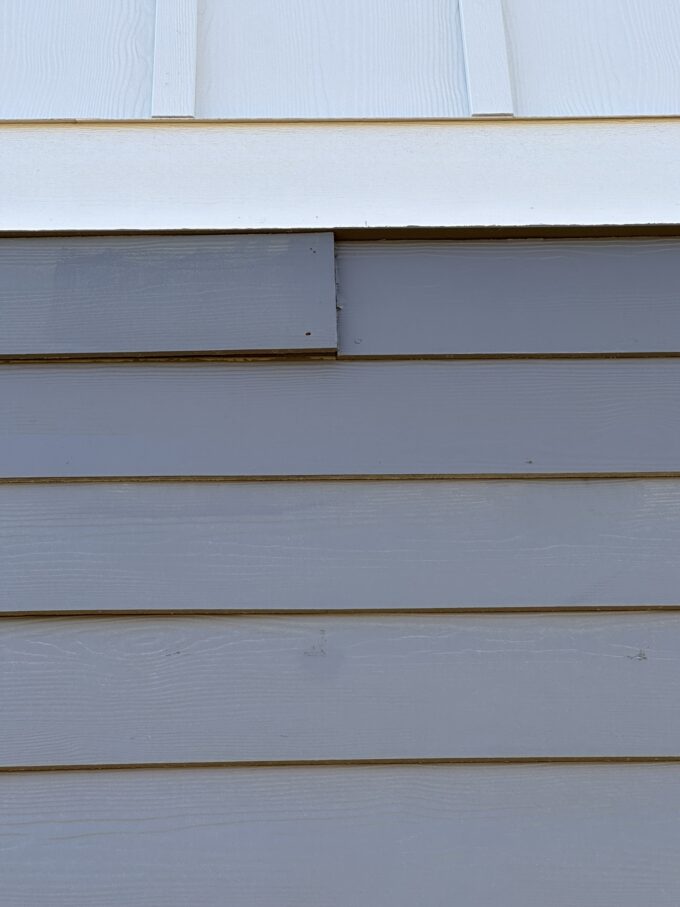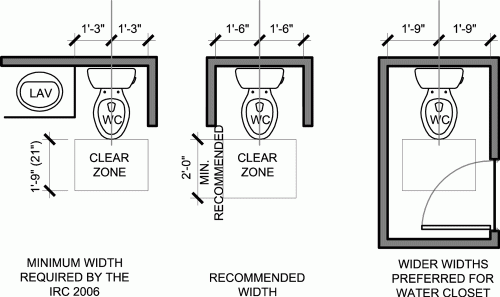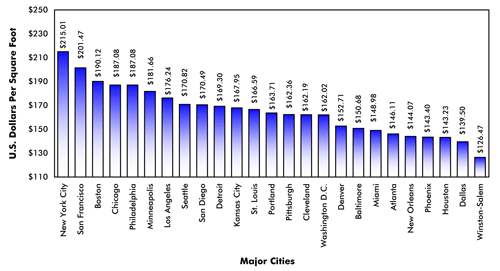Horizontal Cement Board Lap Siding
What Is Cement Board Siding?
Cement board siding, also known as fiber cement siding, is a durable and low-maintenance alternative to traditional wood or vinyl siding. Manufacturers produce it using a mixture of cement, sand, and cellulose fibers, creating a weather-resistant and fire-resistant exterior cladding.
Primary Benefits of Cement Board Siding
- Durability: It withstands harsh weather conditions, including extreme heat, cold, and moisture.
- Fire Resistance: Unlike wood, it does not combust, making it a safer choice for homes in fire-prone areas.
- Pest Resistance: Termites and other pests cannot damage cement board siding.
- Low Maintenance: It requires minimal upkeep compared to wood siding, which needs frequent painting and sealing.
- Aesthetic Versatility: Available in various textures and finishes, it mimics the look of wood without the associated maintenance.
Notable Manufacturers
Several reputable companies produce high-quality cement board siding:
Installation Best Practices
Proper installation ensures long-term performance and prevents costly water damage. Homeowners should verify that contractors follow these best practices:
Fastening and Spacing
Installers should use corrosion-resistant nails or screws and place fasteners according to manufacturer recommendations. Planks should be properly spaced to allow for expansion and contraction.
Use of Horizontal Drip Flashing
Horizontal drip flashing should be installed above any openings, such as windows and doors, to prevent water intrusion. It directs water away from the structure, reducing the risk of rot and mold.
Waterproofing Vertical Butt Joints
All vertical butt joints must be properly sealed to prevent moisture penetration. Best practices include:
- Staggering joints between rows for added strength and durability.
- Applying flashing behind joints to create a waterproof barrier.
- Using manufacturer-recommended sealants to seal gaps effectively. Note this is required for some manufacturers and expressly not recommended for others.
Reference to International Residential Code (IRC)
The International Residential Code (IRC) outlines siding installation requirements in Section R703. This section details weather-resistant barriers, fastening requirements, and flashing details to ensure compliance with building codes.
Red Flags in Cement Board Siding Installation
Homeowners should inspect installations carefully and watch for these warning signs:
- Gaps and Misalignment: Poorly fitted planks allow water infiltration and reduce siding durability.
- Inadequate Fastening: Improperly secured siding may shift or detach over time.
- Missing Flashing: Absence of horizontal drip flashing increases the risk of water damage.
- Improper Joint Sealing: Unsealed butt joints can lead to moisture intrusion and siding failure. Again, verify with the specific manufacturer on installation requirements.
Hidden Installation Defects
Some critical installation errors may not be immediately visible but can cause long-term damage:
- Lack of a Proper Weather Barrier: Missing or improperly installed moisture barriers can lead to mold and rot.
- Inadequate Clearance from Ground: Siding should have at least a 6-inch clearance from the ground to prevent moisture absorption.
- Improperly Installed Trim: Trim boards should be correctly flashed to prevent water entry at edges and corners.
Importance of Evaluating Cement Board Siding Before Purchase
A poor installation can lead to water intrusion, causing structural damage and mold growth. Homeowners should inspect siding installations before purchasing a home and ensure compliance with manufacturer and code requirements. If issues arise, hiring a qualified inspector or contractor to assess the siding can prevent costly repairs in the future.
Conclusion
Horizontal cement board lap siding offers a durable, fire-resistant, and low-maintenance option for homeowners. However, proper installation is critical to ensure longevity and prevent water damage. Homeowners should verify best practices are followed, understand common red flags, and evaluate installations carefully before purchasing a property. A well-installed cement board siding system will protect a home for decades with minimal upkeep.








